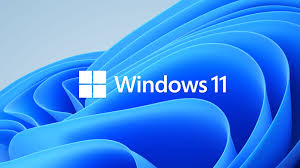Types of Operating Systems
Types of Operating Systems

Definition and Functions of Operating Systems
Operating systems are fundamental to any computing device, whether it’s a personal computer, smartphone, server, or embedded system. Operating systems (OS) play a pivotal role in the functioning of computers, serving as the intermediary between the user and the hardware. They manage hardware resources, enable software applications to run, and provide a user interface. They play a crucial role in enabling user interaction, executing programs, and maintaining system stability.
Types of Operating Systems
Operating systems come in various types, each designed for specific environments and use cases
1. General-Purpose Operating Systems
General-purpose operating systems are designed to run a wide range of applications and support multiple users. They are commonly used in personal computers, laptops, and servers. Examples include Microsoft Windows, Apple MacOS, Linux, etc
2. Real-Time Operating Systems (RTOS)
Real-time operating systems are designed for applications where precise timing and deterministic behavior are critical. They are commonly used in embedded systems, industrial automation, and aerospace. Examples of RTOS include FreeRTOS, QNX,, VxWorks, etc.
RTOS prioritize low-latency responses to ensure real-time performance and ensure that operations occur within predictable time frames.
3. Distributed Operating Systems
Distributed operating systems manage a network of computers, allowing them to work together as a single system. These systems are used in distributed computing environments, such as cloud computing and data centers. Distributed OS allow multiple computers to share resources like storage and processing power. The most common example of distributed operating systems is Amoeba.
4. Mobile Operating Systems
Mobile operating systems are designed for smartphones, tablets, and other portable devices. They are optimized for touch interfaces, power efficiency, and mobile applications. The most common examples of mobile operating systems include Android (by Google) and Apple iOS.
5. Embedded Operating Systems
Embedded operating systems are designed for embedded systems and specialized devices. They are optimized for low power consumption and specific tasks. Embedded OS are commonly used in consumer electronics, automotive systems, and industrial devices. For Example, the Android OS Television.